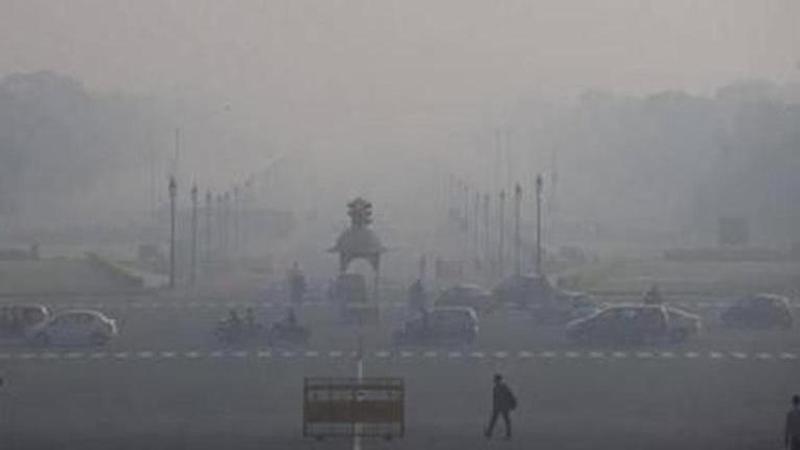Published 21:43 IST, October 31st 2020
Delhi's air quality 'very poor', likely to improve over next 2 days
The air quality in the Delhi-NCR region recorded a marginal improvement but remained in the “very poor” category on Saturday as stubble burning incidents were "unusually high

The air quality in the Delhi-NCR region recorded a marginal improvement but remained in the “very poor” category on Saturday as stubble burning incidents were "unusually high", while a government forecasting agency said it is likely to get better due to favorable wind speed in the coming days.
The national capital recorded a 24-hour average air quality index (AQI) of 367. It was 374 on Friday, 395 on Thursday, 297 on Wednesday, 312 on Tuesday, and 353 on Monday.
An AQI between 0 and 50 is considered 'good', 51 and 100 'satisfactory', 101 and 200 'moderate',201 and 300 'poor', 301 and 400 'very poor', and 401 and 500 'severe'.
The average 24-hour AQI was 368 in Greater Noida, 363 in Ghaziabad, 358 in Gurgaon, 356 in Noida and 348 in Faridabad, according to the CPCB's Sameer app at 4 pm on Saturday.
It was 394 in Greater Noida, 382 in Ghaziabad, 379 in Noida, 367 in Gurgaon, 337 in Faridabad on Friday.
The concentration of major air pollutants PM 2.5 and PM 10 also remained high in the five immediate neighbours of Delhi, according to the air quality index (AQI) maintained by the Central Pollution Control Board (CPCB).
On Thursday, Delhi's air quality index (AQI) touched “severe” levels for a brief period before slipping back into the “very poor” category.
According to the Ministry of Earth Sciences' air quality monitoring agency, SAFAR, the share of stubble burning in Delhi's PM2.5 pollution was 32 percent on Saturday.
It was 19 percent on Friday, 36 percent on Thursday -- the maximum so far this season, 18 percent on Wednesday, 23 percent on Tuesday, 16 percent on Monday and 19 percent on Sunday.
According to the central government's Air Quality Early Warning System for Delhi, the fire count increased to an “unusual” high on Friday over Punjab (approx 4,266), Haryana (155), Uttar Pradesh (51) and Madhya Pradesh (381) which is likely to impact air quality in Delhi-NCR and other parts of northwest India.
SAFAR said Delhi's AQI did not improve much despite better ventilation, mainly because of highly favourable North-Northwesterly boundary level wind direction and perfect wind speed for the intrusion of pollutants from farm fires in Delhi.
“Increased local surface wind speed with faster dispersion conditions are counteracting with increased fire-related emission and associated intrusion. But still, AQI is likely to improve for the next two days as dispersion will eventually play a lead role,” it said.
According to the India Meteorological Department, the predominant wind direction was northwesterly and the maximum wind speed was 15 kilometers per hour. The minimum temperature was recorded at 13 degrees Celsius.
Calm winds and low temperatures trap pollutants close to the ground, while favorable wind speed helps in their dispersion.
The city's ventilation index – a product of mixing depth and average wind speed – was around 9,000 meter square per second on Saturday – favorable for dispersion of pollutants.
Mixing depth is the vertical height in which pollutants are suspended in the air. It reduces on cold days with calm wind speed.
A ventilation index lower than 6,000 sqm/second, with the average wind speed less than 10 kmph, is unfavourable for dispersal of pollutants.
Updated 21:43 IST, October 31st 2020




